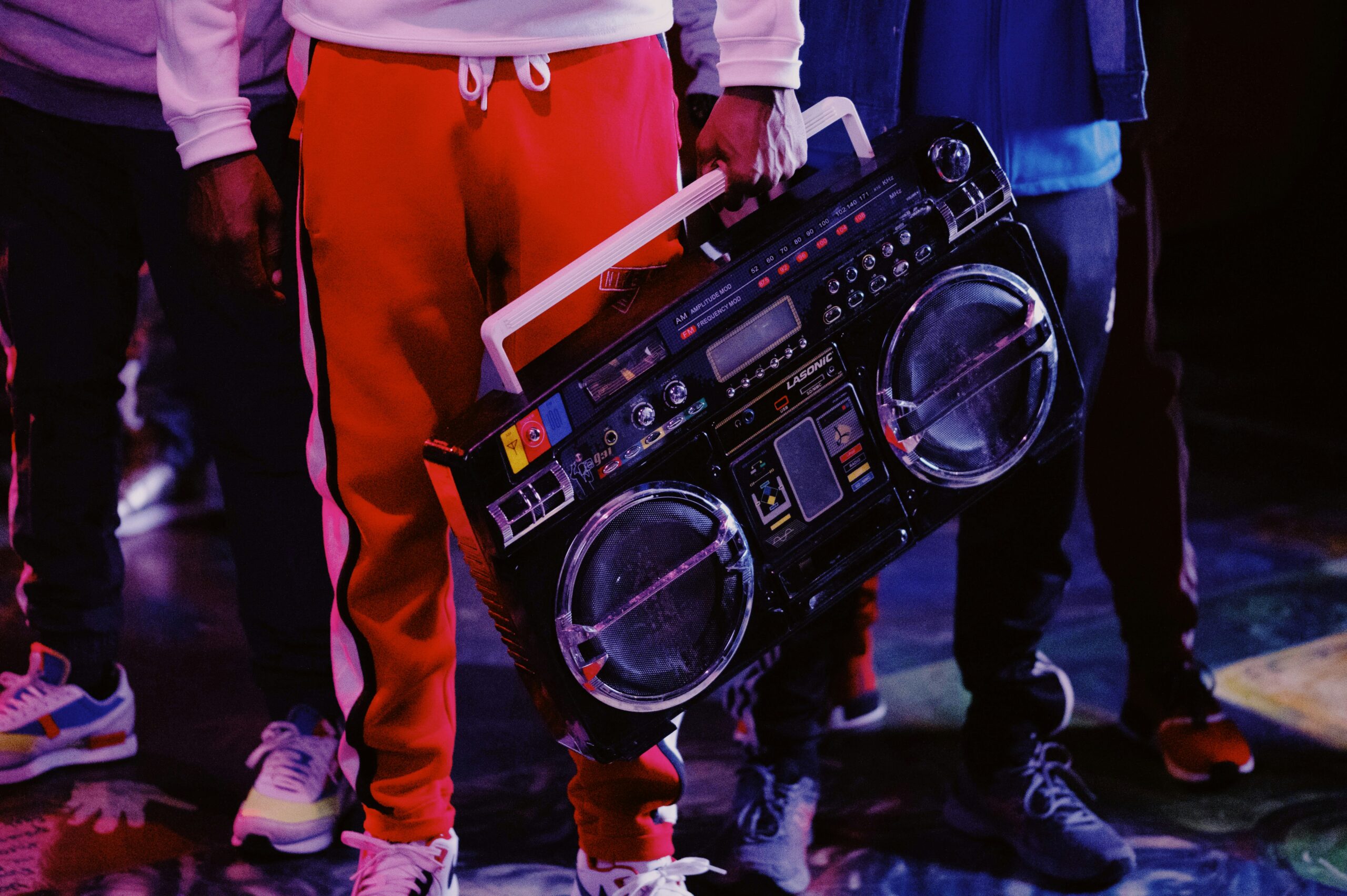Love itThomas Kinkade’s art isn’t good. It’s cheesy, sentimental and meaningless. It’s also wildly popular in this country, which says plenty about the artistic tastes of Americans. Kinkade’s assistants apparently did the brunt of the painting work for him, while Kinkade just added finishing touches. None too surprising, as there are literally hundreds of those kitschy paintings, far too many for one man to make alone.
This being said, I guiltily enjoy his stuff. Not because it makes me think or showcases any impressive technique – it does neither of those things. The scholarly part of my brain knows it is terrible. But the works capture a certain cozy idealism that I find comforting, on a purely visceral level. A level I cannot control.
Kinkade’s paintings mostly feature bucolic cottages planted near mountain streams or deep inside rosy autumn woods. These are places I wish I could live, but never will; not because they are colors on canvas, but because they do not exist in any conceivable reality. They are mythic and evocative.
Each cottage has five or more jewel-bright windows, warmth beaming out to meet the coming darkness. Smoke is always billowing softly from some chimney, even if the house is in the flush of summer. There’s always light reflected in a glistening river or on pavement. I kind of like the snow-covered houses best, the ones surrounded by frosted evergreens with Christmas wreaths and cheery snowmen in the front yard. Sometimes you’ll see kids playing innocently or a loyal dog shagging around. It’s not real life. But it looks pretty nice.
— Anya Jaremko-GreenwoldHate itDisregard Kinkade’s mass-marketing, his cornering of the shopping mall market, the fact that his paintings are almost exclusively pre-fabricated bases, spiffed up by all-but-minimum-wage apprentices using actual paint and brushes, his studio assistants who helped paint reproductions of most of his works and called them originals. Disregard the Hallmark heresy, selling out on the soulless QVC home shopping network and the fact that his groan-inducing moniker “The Painter of Light,” wasn’t even an original moniker (that belonged to 19th century British painter J. M. W. Turner). Disregard that he was a jerk and drunkard.
In the end, his paintings are quite literally garbage. He has the nauseating idealism of Norman Rockwell without the social commentary, historical significance and astute point of view. He’s like every other commercial artist but with a snide, holier-than-thou, can-you-believe-I-actually-take-myself-seriously, high-horse of an attitude.
The scenes in most of his paintings do not exist and never existed. His saccharine, sentimental subject matter is full of fantasy, yet there’s nothing fantastical about them. His work is easy. Easy to consume, easy to understand, easy to replicate: His worldwide reach is due in large part to the vast number of forgeries floating around.
Thomas Kinkade’s “work,” his kitschy, Cracker Barrel aesthetic, his puzzle-ready, greeting card, candy-coated commercialization was and is art – and even commercial art – at its worst.
— David Holub











